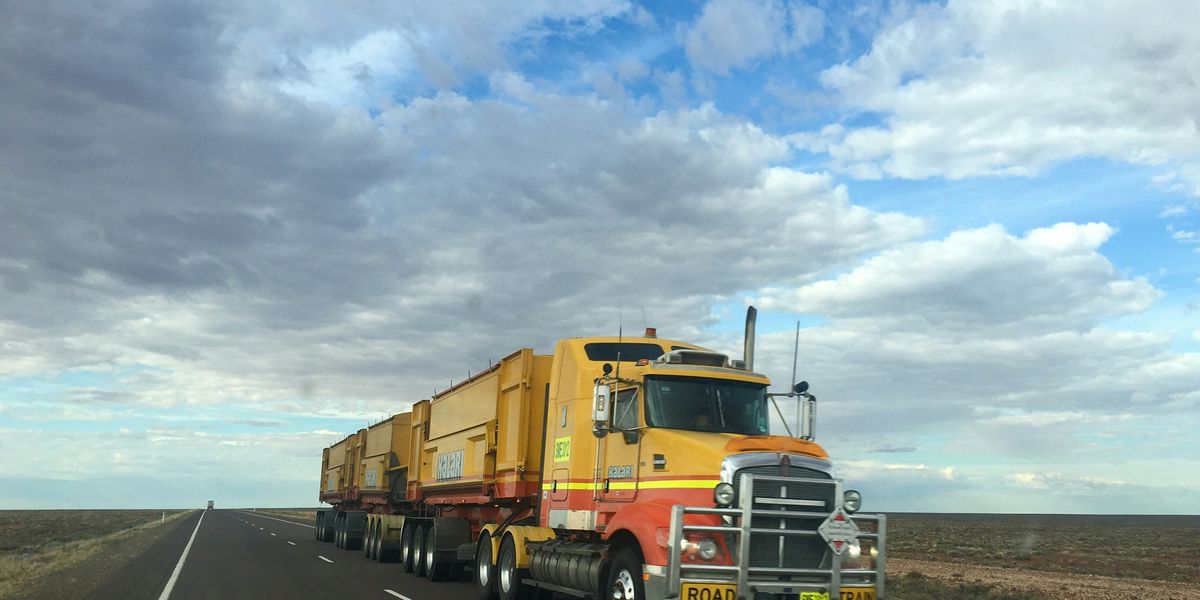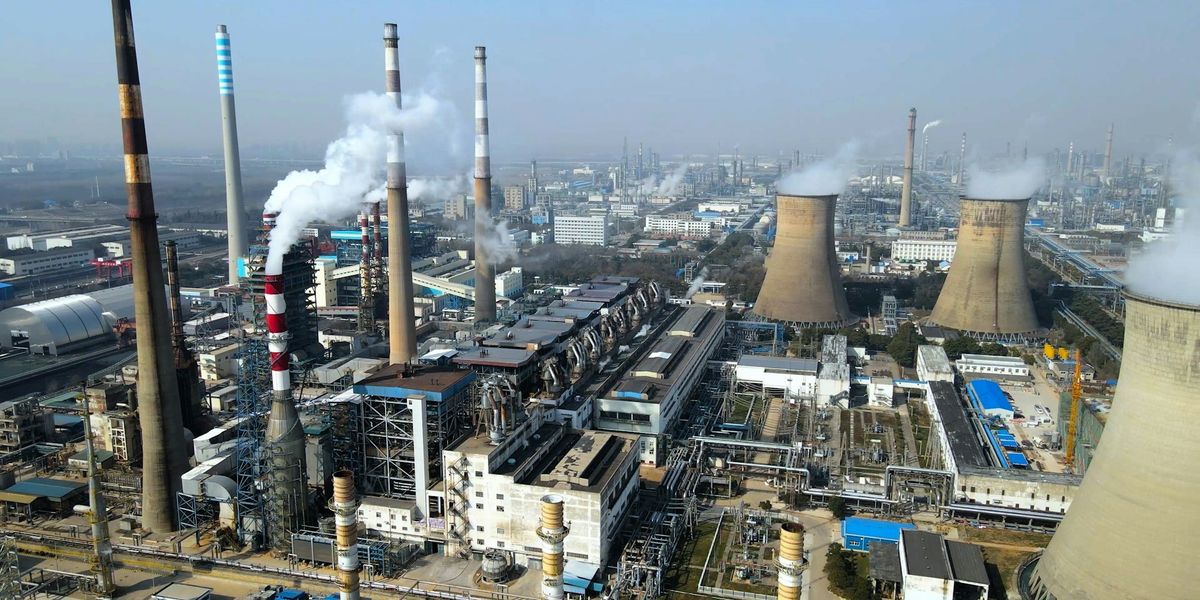satellites overflying pa fracking sites
| BigStock Photo ID: 475376677 |
| Copyright: micklo |
Satellites, drones join fight against air pollution in Pennsylvania
In the summer of 2021, a twin-engine special research aircraft took off from State College, PA., on a mission to pinpoint sources of high levels of methane gas, or “super emitters." Environmentalists are employing high-tech tools in a concerted effort to hold industry accountable, Ad Crable writes for the Bay Journal.
In a nutshell:
The Pennsylvania Department of Environmental Protection, in collaboration with Carbon Mapper and myriad partners, communities and groups, is contributing to a worldwide effort to monitor methane emissions via satellites, air-based sensors and boots on the ground. Phase one is backed by a $100 million
Key quote:
"“It’s not our parents’ or grandparents’ environmentalism. It’s definitely not just sitting in trees. It’s a different type of environmentalism and it’s much more sophisticated,” said Justin Wasser of Earthworks.
Big picture:
Methane satellites, due to begin launching later this year, and their expected trove of data is expected to spotlight the global impact of the problem. Activist groups, outgunned by industry for years, say that although they are much better equipped to identify and monitor violators and scofflaws, the political will needed to bring about meaningful policy change is still lacking, as is enforcement.
You can read veteran journalist Ad Crable's story here.
For more on the risks of living near fracking wells check out our series: Fractured: The body burden of living near fracking
| BigStock Photo ID: 475376677 |
| Copyright: micklo |
Satellites, drones join fight against air pollution in Pennsylvania
In the summer of 2021, a twin-engine special research aircraft took off from State College, PA. on a mission to pinpoint sources of high levels of methane gas, or “super emitters.














